Global Military Science
Technological and scientific innovation, the rise of mass armies, the advent of total war, and the need to develop effective armed forces in a period of rapid change prompted new approaches in policy and strategy. It is clear that a dialectic in military thinking existed between those who followed what can be thought of as orthodox ideas, based generally on the lessons of preceding wars, and heretics who advocate new policies and strategies. The book's theoretical approach is applied and tested in five historical case studies of foreign military interventions. The richly detailed empirical data in the case studies make them, metaphorically speaking, an ideal laboratory for applying a process-tracing approach in studying judgment and decision processes at varying risk levels.
Contents: Preface. 1. Foreign policy towards proxies, military and small wars. 2. Military strategies, techniques and force structure. 3. Creation of a worldwide basing system. 4. U.S. Military interventions in domestic political system. 5. Threats and challenges to the U.S. basing system. 6. Military technology and army manpower. 7. Change in the military forces and its consequences. 8. Technical and logistical constraints in military science. 9. Support policy and demographic context of army. 10. Local generated contingencies in American strategy and its response. 11. Foreign military intervention and its influence. 12. Foreign military intervention in international issues. 13. Freedom of Philippines from the colonial legacy. 14. Military recruitment for the future. 15. Social effects of the bases in South Korea. 16. History and future prospects of the U.S. Military. Bibliography. Index.
Get it now and save 10%
BECOME A MEMBER

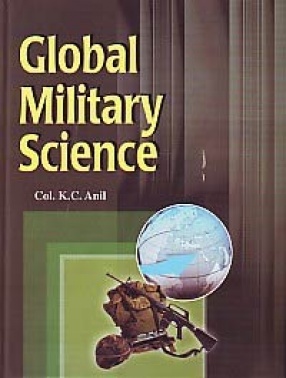
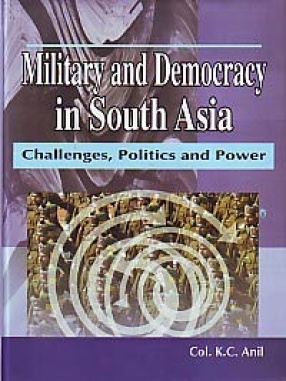
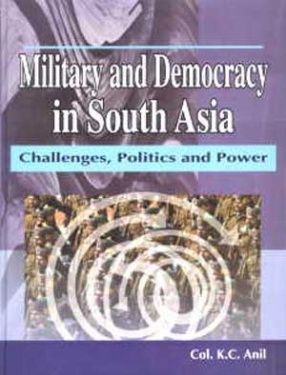
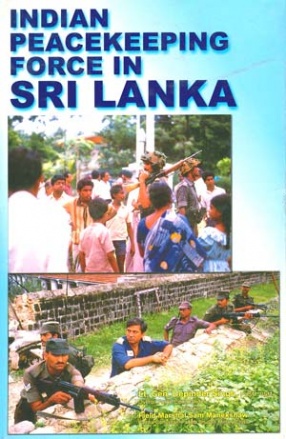

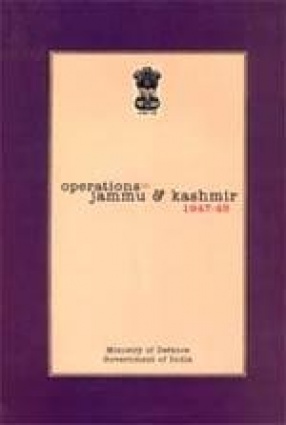
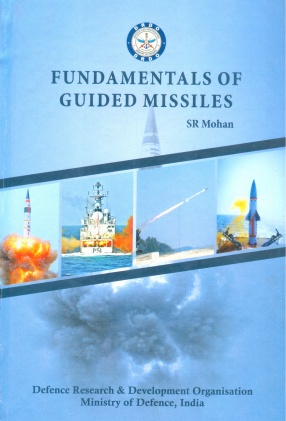

Bibliographic information